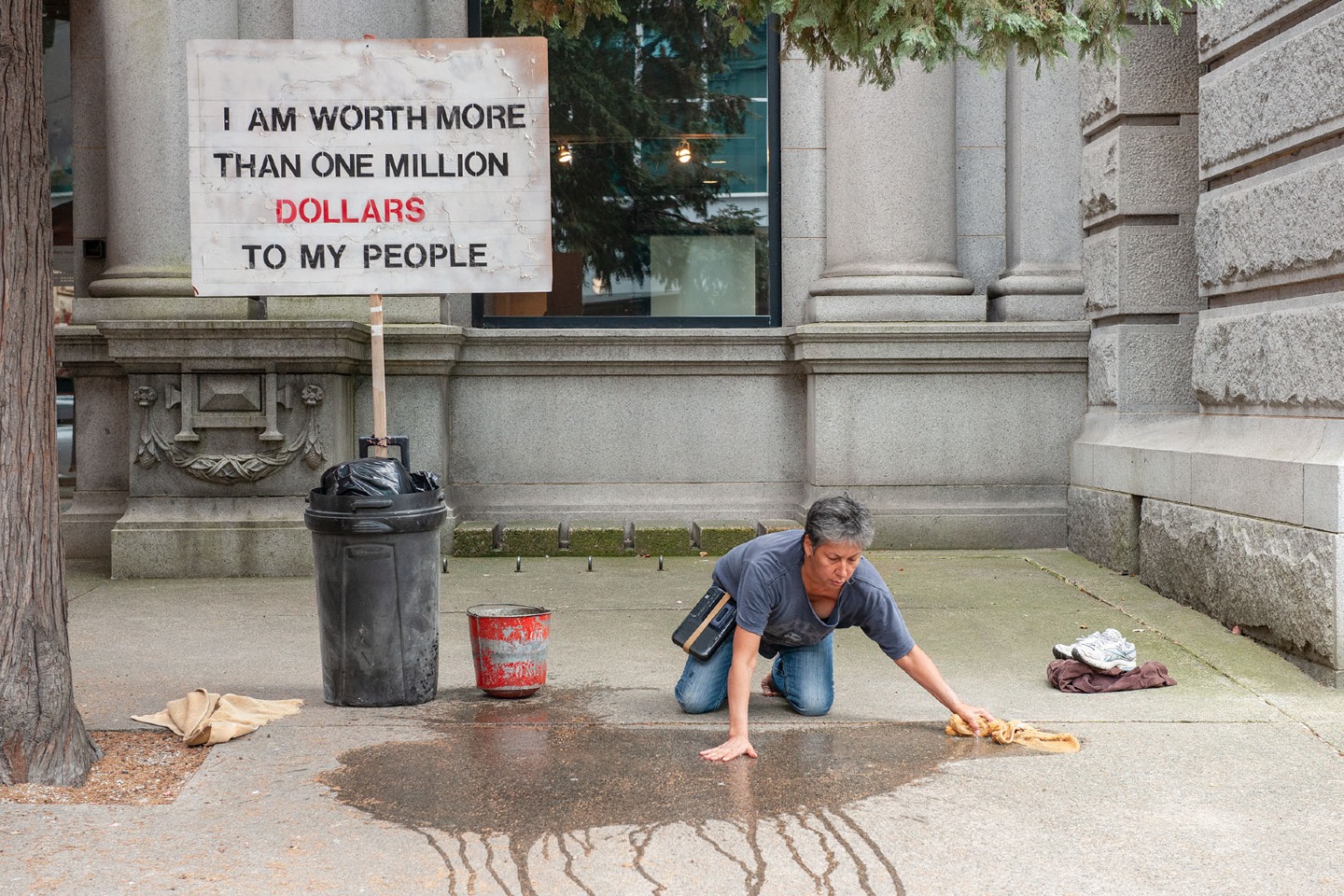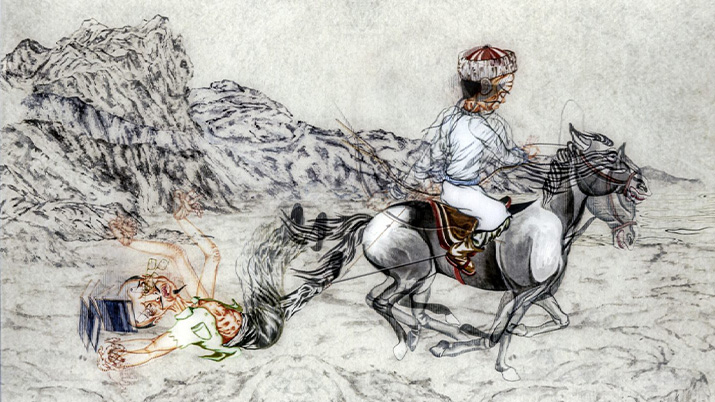Opening Friday, March 30, 2012, 7 pm. Show runs to March 29 to April 7, 2012.
In Conjunction with The Unseen: AHVA Graduate Symposium
“The Unseen” features works by seven graduate students that explore the limits of the unseen. A common dialogue around the body as invisible or absent emerges through an examination of the qualities of specific media such as film as well as in contemporary technologies. Narratives of history and mythology that have been both lost and repressed are recuperated in order to bring new specificity to their subjects or at least to make tangible the processes of erasure and entropy that effect them.
Exhibiting artists: Kevin Day & Nathan McNinch, Colin Lyons, Aydin Matlabi, Faye Mullen, Tristan Sober-Blodgett and Étienne Tremblay-Tardif
Curated By: Louis-Alexandre Douesnard, Tarah Hogue, Toby Lawrence and Klara Manhal
THE UNSEEN
Organised in conjunction with the 35th Annual University of British Columbia Art History, Visual Art and Theory Graduate Symposium, this exhibition features works by seven graduate students exploring the limits of the unseen. The artworks record, inscribe, narrate, choreograph and flirt with various absences across the vast terrain of visual experience. They consider, each in their own way, the weight of the invisible subject, yet together a common dialogue emerges around the body. By recuperating the historical body in order to re-imagine or re-inscribe it with new specificity, as well as examining the absence of the body through a particular medium, the artworks call attention to their art historical and psychical underpinnings, and reflect on the degree to which the body is a central concern when addressing notions of the unseen and its effects.
An exploration of their chosen media is used to underscore notions of absence and erasure in artworks by Faye Mullen, Tristan Sober-Blogett and Colin Lyons. Attending to these unseen elements, the materiality of these works sustains a set of continuities that perforate the surface and tie them to the body. In Mullen’s video installation, To be Veiled, a struggle for the continuance of being is maintained in the looped veiling and unveiling of the represented body. The body exists temporally only through the medium itself. The interrelational character of materiality takes precedent in All I Need is a Tin Can Modem by Sober-Blodgett, wherein the body is implicated in the knit Ethernet cable which further plays on the advancements of technology. For Lyons, the materials chosen for his artworks are reminiscent of the industrial era, and the processes of ruination re-enacted become exemplary of continual systems of growth and obscurity.
Bookworm by Étienne Tremblay-Tardif and Sufi Vision by Aydin Matlabi both challenge established historical narratives and present us with previously unseen propositions. In Bookworm, the artist drills through an official Québec history book, finding within its pages pierced portraits of iconic figures. Variously positioned, these piercings evoke assassinations, violations and defacement; the nuanced ideological struggles and tensions of which history is made. In never giving us one explicit narrative, Tremblay-Tardif recuperates the infinity of untold historical alternatives. Sufi Vision explores the mystical realm of Persian mythology by departing from imagery traditionally void of the figurative and restaging it in the field of the sensual body. Depicted are the concept of brotherhood from the Koran, the lustful chronicle of the Sady, and the significance of female power in Iranian history.
In Kevin Day and Nathan McNinch’s collaborative artwork, attributes of gallery visitors are captured on camera – a surveillance device that records data such as skin, eye and hair colour as well as bodily comportment. The division of this data from the body itself is disrupted, however, by its abstraction into randomised and illegible code that is further overwritten and even erased by the (mal)function of the machines that inscribe the data on rolls of paper. The trace of the compartmentalised and possibly commodified body eventually overflow the exhibition space as the paper continuously piles on the floor, paradoxically suggesting the arbitrariness of such processes that would erase bodily presence while simultaneously resisting the action in its abundance of physical material.
The 35th Annual UBC Art History Graduate Symposium: The Unseen
https://ahva.ubc.ca/eventsDetails.cfm?EventID=1077&EventTypeNumID=5

